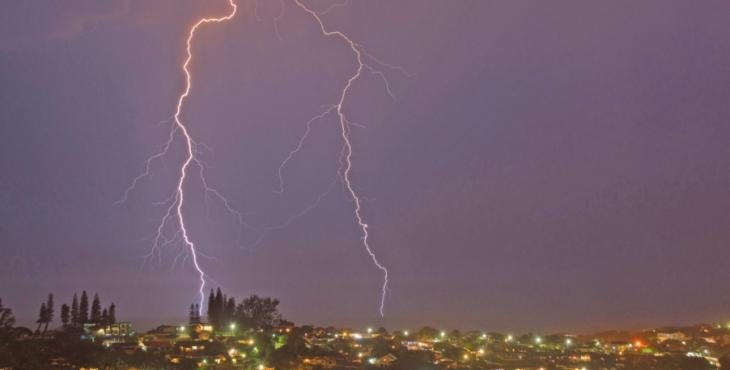OF THE
TIMES
We'll know our disinformation program is complete when everything the American public believes is false.
Iran has just fired back.
The entire Ring of Fire is trembling this morning, all around. Iran trembled last night, in more ways than ONE. Right on sked.
GDPetti If you have discovered that psychopathic behaviour is in the DNA you will be the first. Please pray explain? Sounds racist to me.
Red haired giants = Paraaqua skulls and possible Denivosian origin as yet waiting to be proven.
I suppose they would be better off if they were actually taken to Russia. Otherwise I have been confirmed in my conviction not to believe anything...
To submit an article for publication, see our Submission Guidelines
Reader comments do not necessarily reflect the views of the volunteers, editors, and directors of SOTT.net or the Quantum Future Group.
Some icons on this site were created by: Afterglow, Aha-Soft, AntialiasFactory, artdesigner.lv, Artura, DailyOverview, Everaldo, GraphicsFuel, IconFactory, Iconka, IconShock, Icons-Land, i-love-icons, KDE-look.org, Klukeart, mugenb16, Map Icons Collection, PetshopBoxStudio, VisualPharm, wbeiruti, WebIconset
Powered by PikaJS 🐁 and In·Site
Original content © 2002-2024 by Sott.net/Signs of the Times. See: FAIR USE NOTICE

Comment: See also: Sott Exclusive: Shocking weather! Lightning fatalities across the planet on the increase
Lightning strikes kill 107 Cambodians in 2015: 42% increase over 2014
Uganda experiences a sharp rise in lightning fatalities